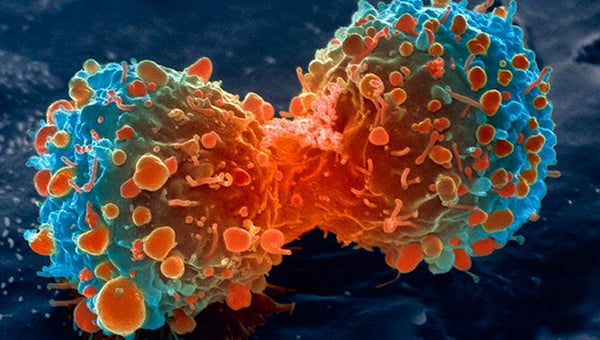Spike In Cancer Rate: Blame It On Life Expectancy

New Delhi: Cancer is all pervasive these days. The back-to-back news of celebrities being diagnosed with cancer and death of top banker Meera Sanyal has left the country in shock. Cancer is known for ages but what has raised the collective concern is the rate at which it is spreading in recent times. Today everyone seem to know someone around who is suffering from the dreaded disease.
Cancer experts believe the spike in cancer rate is not because of pollution, the junk food or the water people usually associate the disease with. It is because of the growing life expectancy.
According to the Institute for Health Metrics and Evaluation (IHME) Seattle; University of Washington, in 2016, cancer was the fourth major cause for deaths in India — only after heart disease, diarrhea and chronic respiratory problem. It jumped three places since 1990, when more lives were lost due to neonatal disorders or tuberculosis.
Between 1990 and 2016, India’s average life expectancy went up dramatically, from the late-50s to the mid-70s, and it’s only been rising. This is mostly due to major efforts to decrease deaths due to infectious diseases, better neonatal care, better health and sanitation, and immensely successful vaccination campaigns like that against polio. And this increase in average lifespan is the major reason we’re seeing more cancer cases in the developing world, Sri Krishna, who is a research fellow at the Centre for Surgery, National Cancer Institute, USA, said in his article in news portal The Wire.
Indian Council of Medical Research (ICMR) data reveals that cancer burden has more than doubled over the last 26 years.
A. In 2016, India had 14 lakh cancer patients, and the number is increasing.
B. Breast cancer, cervical cancer, oral cancer, and lung cancer together constitute 41 per cent of cancer burden in India.
Cancer is inexorably linked to life expectancy
Explaining it, Krishna said since cancer is fundamentally a disease of genetic wear and tear, the longer the organisms lives, the more the genetic wear and tear take place. This leads to higher chances of cancerous mutations in some of the body cells.
“Together with the sheer number of cells in our body (~37 trillion), it’s only expected that the probability of cancer increases dramatically with age. This isn’t a radical or even new idea; we’ve known this since the 1950s. However, we’re only seeing the effect of this in India now,” he said.
Ways to check cancer in the society:
Cancer incidence has plateaued in the West, and the number of people who have survive their cancers has gone up almost 20% in the last 25 years. This is mainly due to major advances in the way cancer is detected and treated.
Krishna says, if India also proactively invests in such cancer treatments (like China currently is), up our vaccination rates for preventable cancers like HPV (something we’re woefully behind on) and invest in early cancer detection, the country can save numerous lives in the coming decade. India can also save billions of taxpayer rupees this way, since cancer treatments is only getting more expensive by the day.
Experts assert that India should invest in producing more oncologist as the doctor-to-patient ratio is skewed. There are 450,000 follow-up patients every year and the annual registration of new patients is 50,000 but permanent staff of 150 doctors. In abroad, there are around 30,000 annual registrations of new patients with 700 doctors.

Comments are closed.